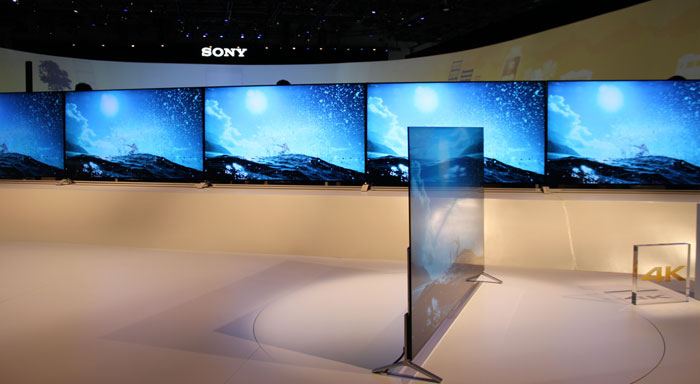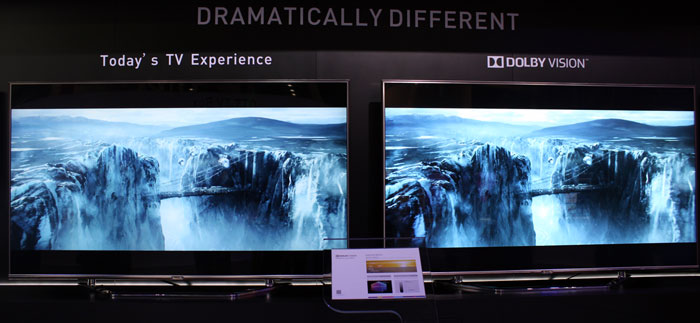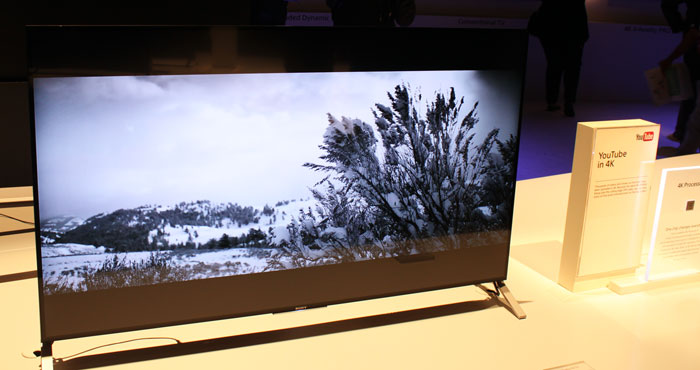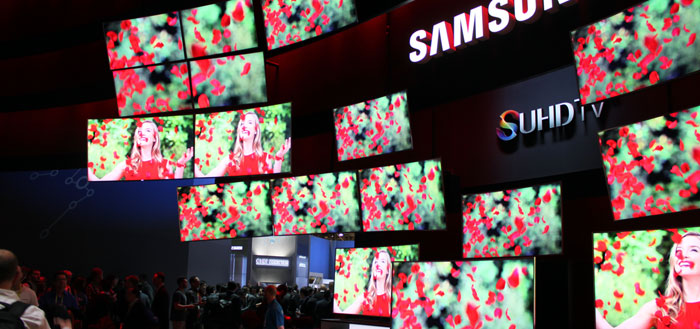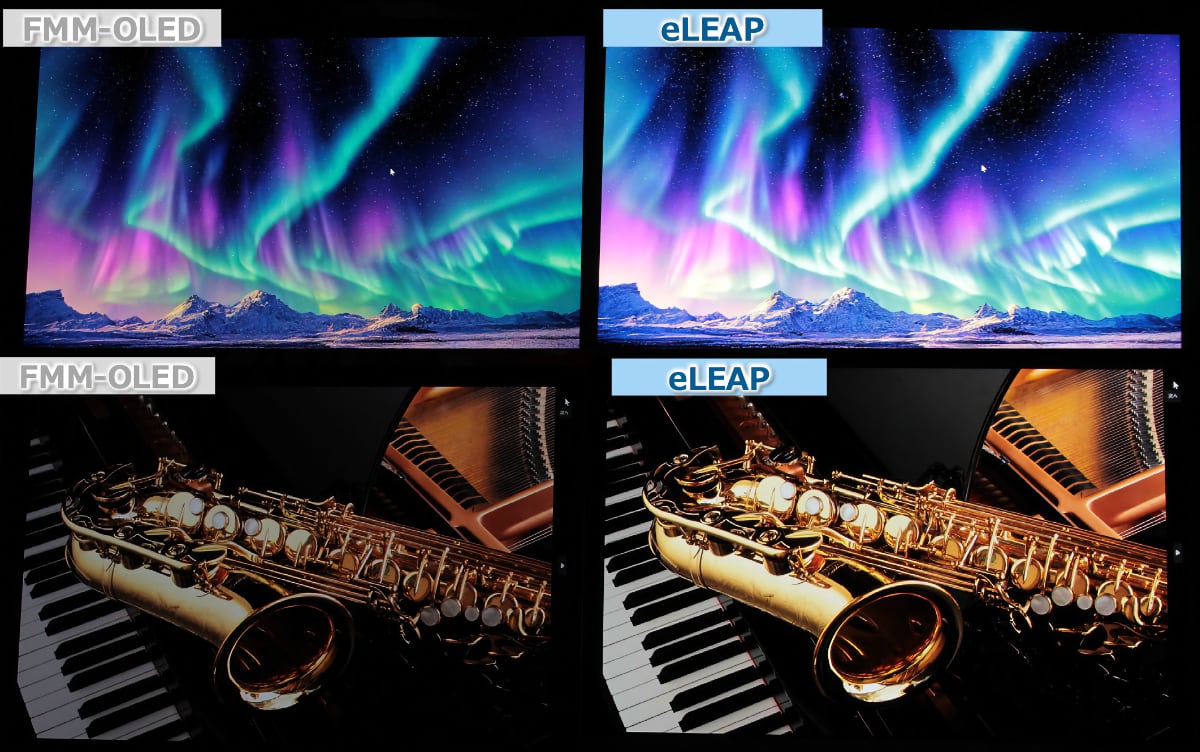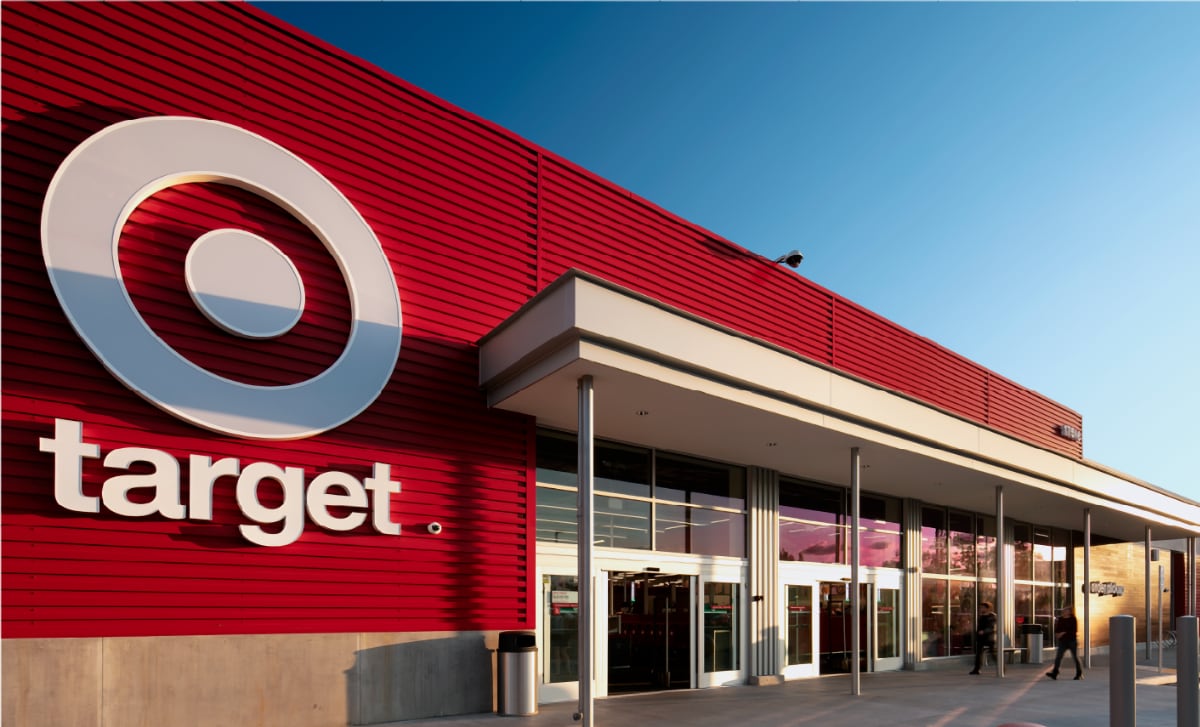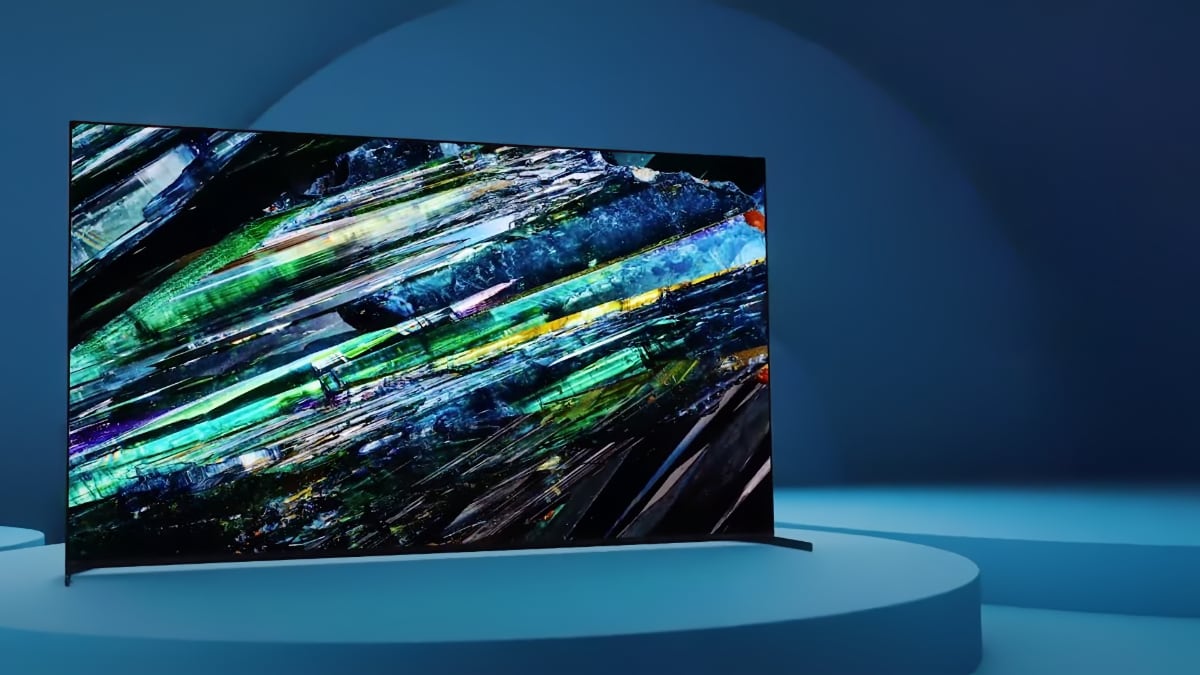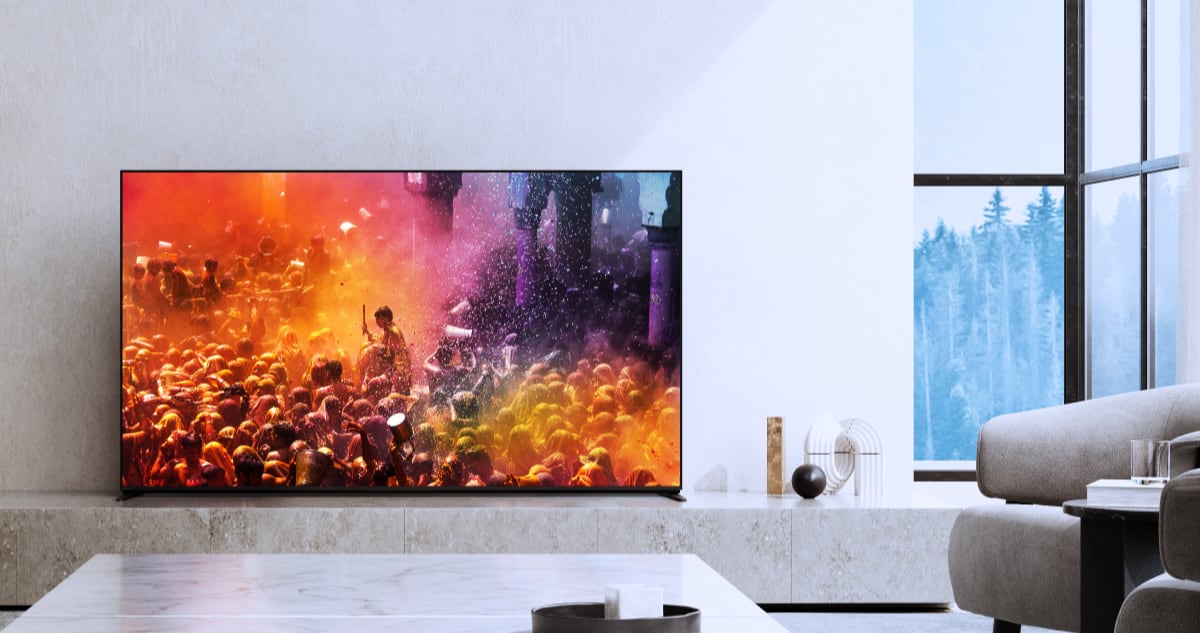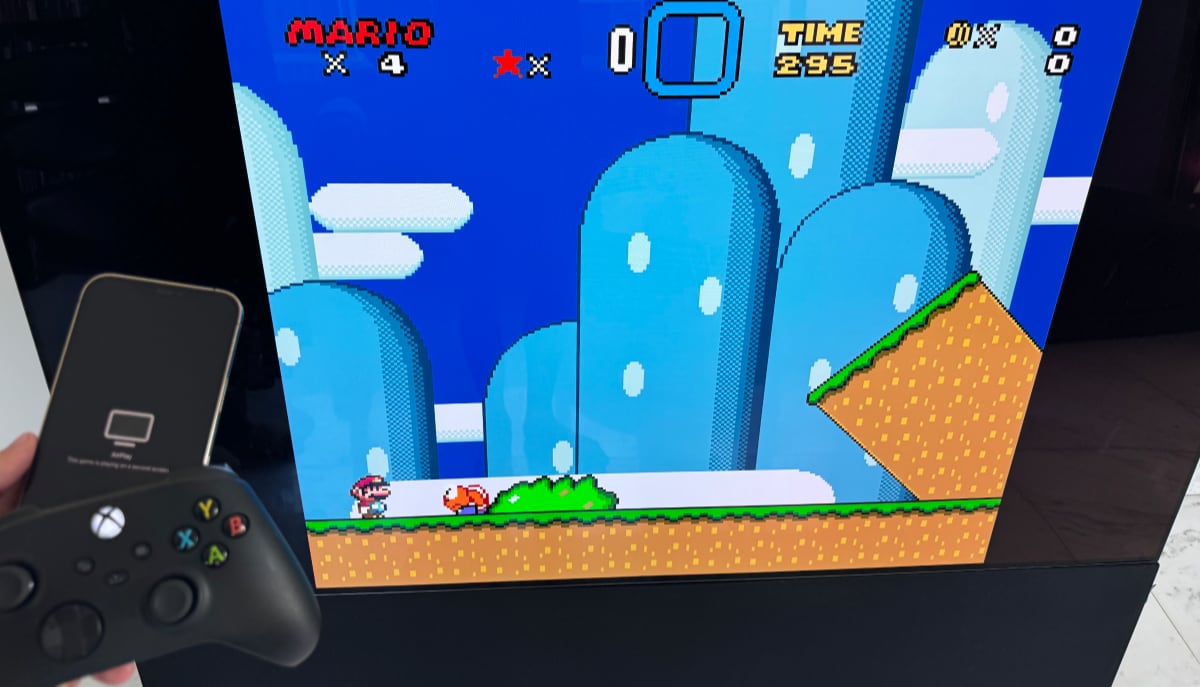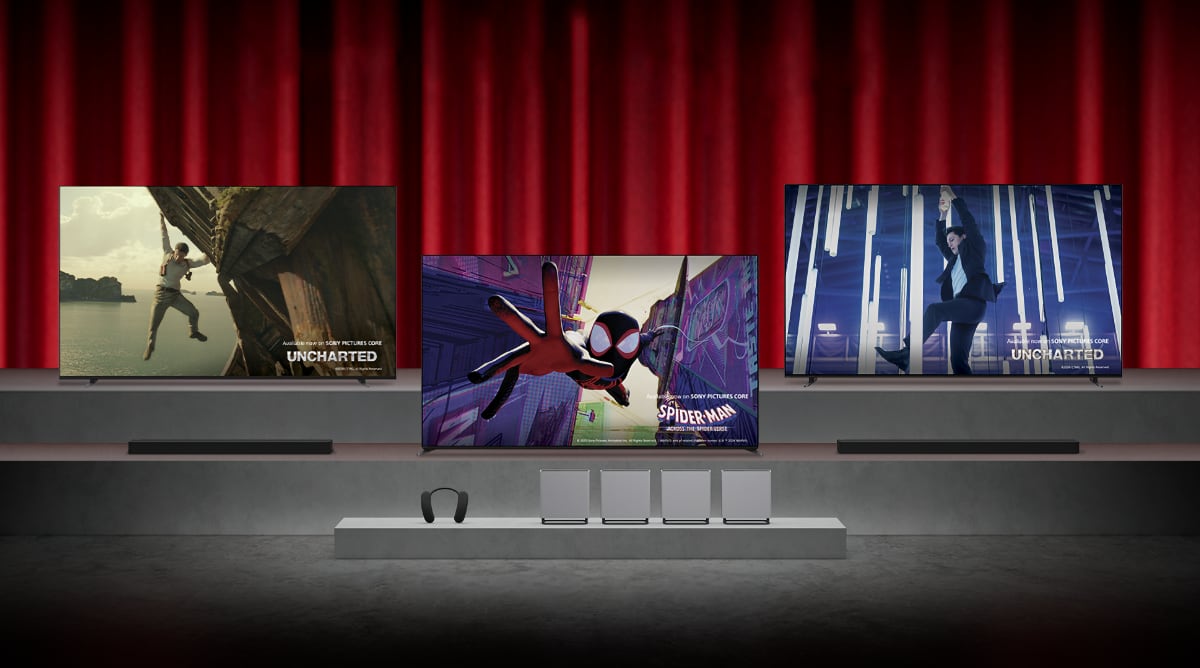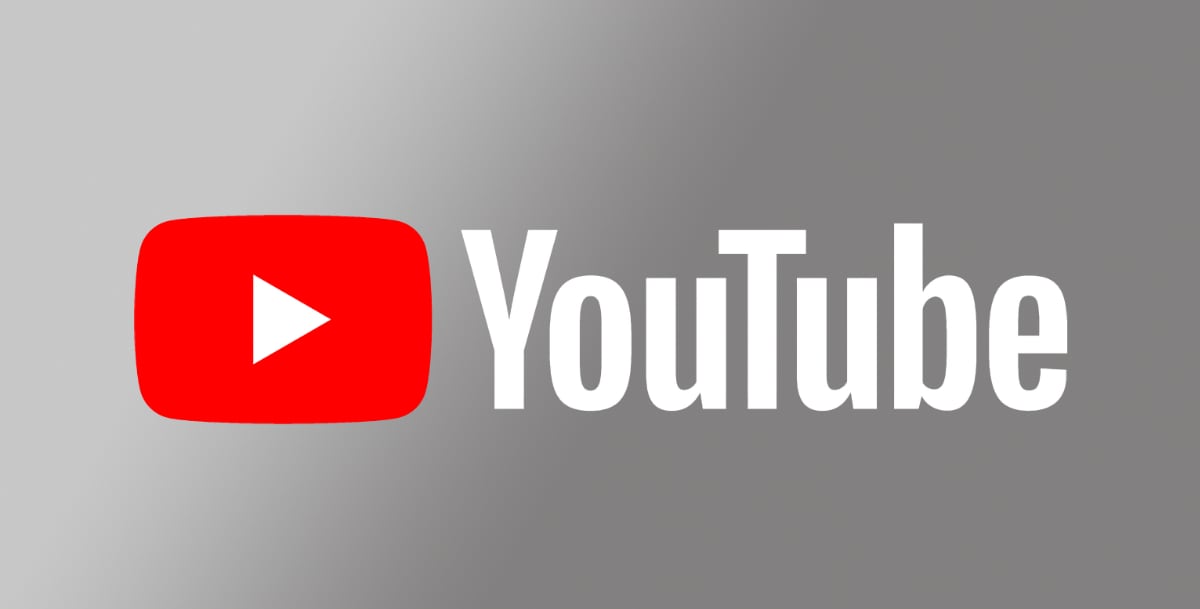Trends: Ultra HD is about better pixels, not just more
We are back from CES 2015 and in a series of articles we will take a look at the trends that will shape the TV market in 2015 and beyond. This time we take a look at Ultra HD and where it will take us after introducing us to more pixels in 2014. In 2015, the industry will take the first baby steps towards "better pixels".
| Trends: In 2015 software will eat TVs |
| Trends: curve, quantum dot, OLED, 3D & total confusion |
Better pixels comes after more pixels
2014 was the year where many consumers started recognizing the words "Ultra HD". Sales of the TVs are still low, but momentum for Ultra HD is building as the natural step after Full HD. In 2015, you will be able to pick up Ultra HD TVs at attractive prices from the 6 series models and up, and TV manufacturers expect booming sales.As you know, most technologies are introduced in high-end products and then gradually trickle down into cheaper products. When a technology hits the mid-range segment, the industry is already looking for the next thing. In 2015, that thing will be HDR (high dynamic range) that will give us deeper and more nuanced tones in dark areas and much brighter highlights. If HDR is to succeed, it will require studios to grade movies in this manner and getting TVs to reproduce it, so that is what they intend to do. HDR will be exclusive to the most expensive TV in 2015, but the industry has already begun talking about "better pixels", not just more pixels.
As consumers, we always ask the question of whether a new buzzword has any real substance, and luckily HDR has. We felt genuine enthusiasm around HDR among industry players, and Netflix believes that HDR will be a more significant improvement to the viewing experience than 4K resolution. 4K increased the number of pixels to four times that of 1080p (Full HD), but did nothing else.
And so, 2015 will mark the year where HDR content starts appearing in living room TVs, possibly even together with a wider DCI color space. The plan for the future is to start adding better pixels to Ultra HD, and getting every link in the food chain involved in that goal. After HDR, the industry is planning to move to larger color spaces and HFR (high frame rate), which Peter Jackson introduced to most cinema-goers with The Hobbit movies.
The overview can be roughly summarized as follows:
HDR is still new and not everyone in the industry is agreeing on how to move forward, but based on our experiences at CES 2015 it is a bigger picture quality improvement than you might think – at least when done right. Dolby Vision – shown below – is one of the new HDR formats. Right now, the industry seems to be moving forward with two HDR standards.
Again; where is the content?
But where will the content come from? Some TV manufacturers are trying to sell us a story of the wonders of upscaling from HD to 4K, but the story it is as thin and interesting as a black sheet of paper.Many observers had expected a new Blu-ray standard to be unveiled at CES 2015. Instead all we got was a prototype from Panasonic. In the footnotes we learned a few interesting details, for example that it will be called Ultra HD Blu-ray and that it will support HDR, too, as well as some of the other improvements (wider color gamut and HFR) that the industry will start focusing on in the coming years. But the big, important questions such as "When?" and "How much?" remain unanswered. Blu-ray has never broken into the mainstream, and the window of opportunity for a new disc standard is closing. We are told to expect the first actual products to appear in late 2015, but we have heard all this before, so it is probably safer to expect the big push in 2016.
There were very few announcements regarding 4K content at CES 2015. Amazon has joined the 4K streaming party in the US, and has started producing original content, just like Netflix, but all that happened before CES. Instead, Netflix continues to be the innovator. They started streaming 4K in 2014 and will add HDR in 2015. Netflix also confirmed to FlatpanelsHD that it will start pushing larger color gamuts and HFR in the coming years. YouTube will start streaming in 4K to TVs this year as 2015 TVs will incorporate VP9 hardware decoding for the first time. Are you still not convinced that streaming is the future?
For almost a decade, Blu-ray has been regarded as the best possible video and audio experience in the home, and that will likely continue to be the case when the new standard arrives. However, the market landscape is very different today than during the format war between HD DVD and Blu-ray. Back then, it was practically impossible to find HD content, and when TV channels started broadcasting in HD it was in 720p or 1080i. It still is.
But when Ultra HD Blu-ray hits later this year, it will have been possible to stream 4K for 1-2 years even before Blu-ray gets out of the gate. Netflix has been offering great-looking 4K via HEVC since spring 2014 and will add HDR soon. Although discs can deliver far higher bit rate, which translates into better picture quality, it is hard to see how it will convince the average consumer to pay for yet another disc player when he or she can just turn on the TV and press play.
Many players in the industry are instead moving forward with technologies that can take streaming far beyond where it is today. Formats such as HEVC and VP9 will replace mpeg4 and can reduce bandwidth by up to 50-60 % to reproduce better picture quality for far more homes – or go higher without requiring a super-fast internet connection. Today, many consumers use 20-30 Mb/s internet connection, but imagine what will be possible when moving to 100, 300 or 1 Gb/s, which is already available in some regions.
Sony – one of the driving forces behind Blu-ray – has already said that it believes more in streaming than a new disc format in bringing 4K to the masses, and recently took a $2.45 billion impairment charge on assets in its optical disc division. Blu-ray players have completely vanished from show floors in recent years. Major players in the industry appear to have already placed their bets.
But even if “Ultra HD Blu-ray” remains forever a niche, and even though no major new initiatives were announced at CES, 2015 could very well be the year where Ultra HD TV sales take off. This year, most manufacturers will add HDR to its high-end TVs, and the roadmap for the coming years is in place. Will it convince you to buy a new TV?
| Trends: In 2015 software will eat TVs |
| Trends: curve, quantum dot, OLED, 3D & total confusion |

